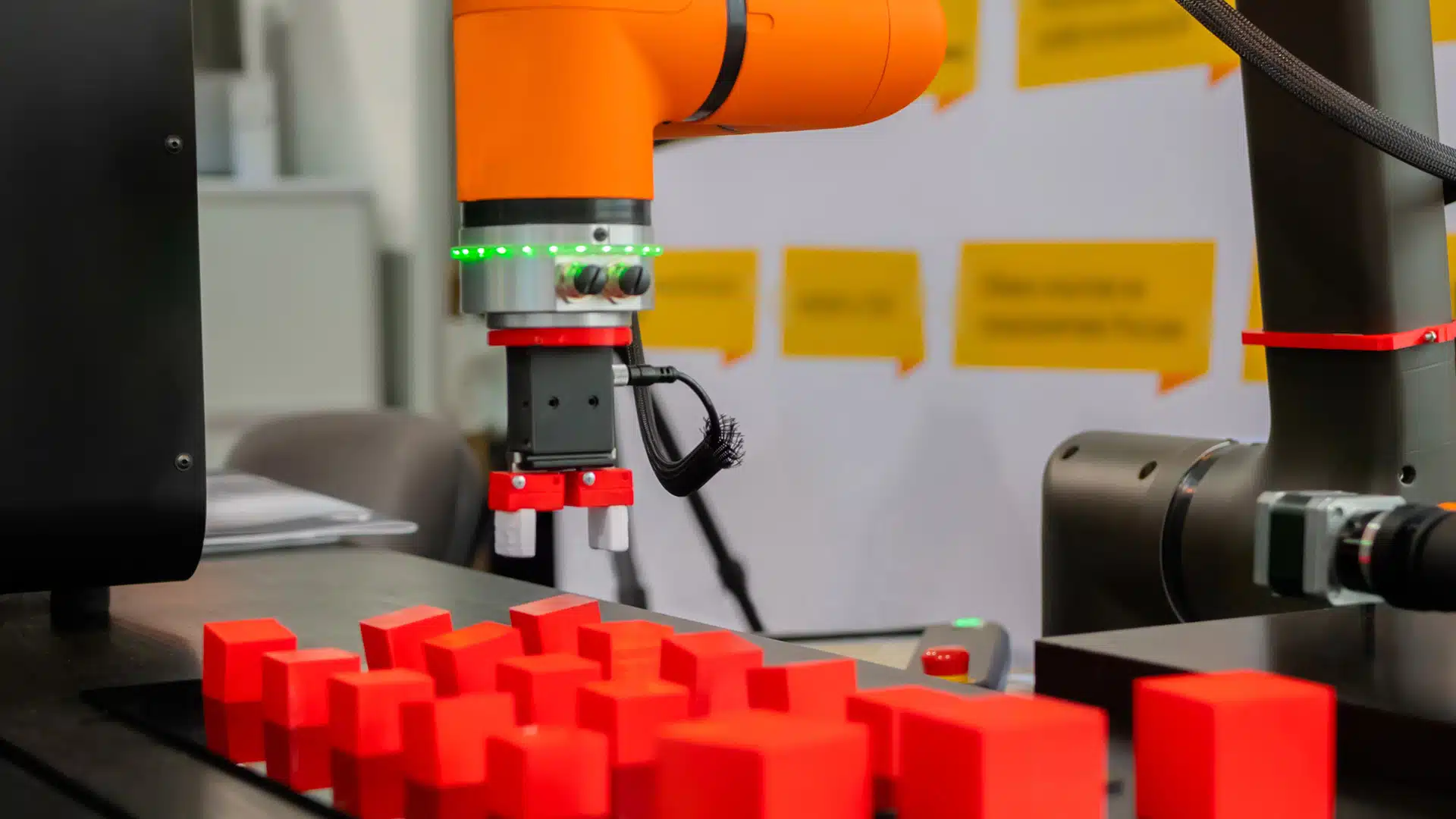One of the most frustrating aspects of voice conversations between a customer and a contact center worker is the presence of loud, distracting background noise. Extraneous noise can not only make these interactions unpleasant, but can also impact the quality of service, the accuracy of the information being shared, and the customer’s overall impression of the company.
Background noise in a call center or on a call between a home-based agent and a customer can easily be transmitted into a phone or through a microphone headset, making it difficult for customers to understand what agents are saying. Similarly, unmitigated background noise may also cause agents to need to ask customers to repeat themselves as well. This breakdown in clear communication leads to frustration in both clients and agents, who may wind up spending more time confirming what’s said in a conversation.
Additionally, limited clarity in a conversation can add additional minutes to resolve a problem, thereby increasing the average handle time of each interaction, which negatively impacting each agent’s efficiency. On an individual customer level, longer resolution times often lead to greater frustration from a customer, and an increased chance that they will abandon the call before getting the answers they need.
Background noise may also cause agents to speak louder to make sure that their voices are heard above the din. These raised voices may lead some customers to feel as if they are being yelled at, harming the emotional connection between company and its customers. Furthermore, when voices need to be raised during conversations, customer privacy diminishes, as it is more likely that other people around either the customer or the agent will be able to overhear private information.
There are several steps that can be taken to reduce or eliminate background noise. Noise cancelling headphones can be used to reduce ambient or background noise, using either active or passive technology. Active noise cancelling technology works by emitting a sound wave of its own that cannot be heard by humans, and is designed to block or cancel out the outside sound. These techniques are used not only in individual headsets, but have also been used in other settings, such as automobiles, to cancel out wind, engine, and road noise. While active noise canceling is effective, it can also be somewhat expensive on a per-device level. Passive noise cancelling headsets simply use the padding of the ear cups to block out environmental sounds.
However, whether agents are working in a crowded call center or from a remote location, there are specific steps that can be taken to reduce or dampen the effect of ambient noise at the source. After addressing these issues, if there is still too much background noise, it may make sense to invest in quality noise-cancelling headsets and software that can filter out excess noise.
- Move agents farther apart, or set up partitions: Noise from other agents might be mitigated by further separating agents from one another, and by using individual acoustic baffles or shields. In addition to mitigating noise from surrounding agents, these barriers may also help to provide agent peace of mind, in terms of reducing the spread of viruses or germs while in an indoor office environment.
- Install other sound-absorbing materials in the call center: Baffles can also be suspended from the ceiling to absorb as much noise as possible across open spaces. Another option is retrofitting the ceiling with acoustic ceiling tiles, which eliminates sound waves from bouncing off hard surfaces, like desks or the floor, moving up to the ceiling, and then reverberating. Installing carpet or rugs on the floor can help minimize sound reflections off walls.
- Consider using flexible work schedules: Some companies have realized the value in utilizing fully remote workforces, which not only reduces the amount of noise in a call center, but lowers utility costs, and often contributes to higher agent satisfaction. If a fully remote workforce is not an option, allowing agents to cycle in and out of the office can also alleviate the number of workers that are in a call center at any given time, reducing the noise generated.
- Ensure designated spaces for “loud” items and activities: Ensure that distracting noises, such as copiers, fax machines, and printers, are segregated away from the call center floor, where their typical operating noises can add to the noise floor. Similarly, ensure that meeting rooms, break rooms, and offices are located away from the call center floor, or are equipped with acoustic seals to prevent sounds from travelling from these rooms.
For home agents, similar steps can be taken, though it may be useful to provide guidelines and tips for home workers to follow, such as insisting that home offices do not face a busy street, a backyard pool, or other environment where ambient sounds cannot be controlled. Further, it may make sense to listen and analyze home-based agents calls to ensure that any background noise is not impacting call quality or understanding.
Managing ambient noise within a contact center can also help businesses to improve the customer experience by allowing the use of artificial intelligence (AI) tools, which use speech recognition and natural language processing to deeply analyze customer-agent interactions.
Whether AI engines are analyzing voice input or transcribing audio into important text, clarity is often the key driver to success. Clear audio communications ensure that AI engines can interpret information more accurately than ever, and may be able to feed audio data into customer-sentiment algorithms to help assess changes in customer emotion throughout the interaction.
Author Information
Keith Kirkpatrick is Research Director, Enterprise Software & Digital Workflows for The Futurum Group. Keith has over 25 years of experience in research, marketing, and consulting-based fields.
He has authored in-depth reports and market forecast studies covering artificial intelligence, biometrics, data analytics, robotics, high performance computing, and quantum computing, with a specific focus on the use of these technologies within large enterprise organizations and SMBs. He has also established strong working relationships with the international technology vendor community and is a frequent speaker at industry conferences and events.
In his career as a financial and technology journalist he has written for national and trade publications, including BusinessWeek, CNBC.com, Investment Dealers’ Digest, The Red Herring, The Communications of the ACM, and Mobile Computing & Communications, among others.
He is a member of the Association of Independent Information Professionals (AIIP).
Keith holds dual Bachelor of Arts degrees in Magazine Journalism and Sociology from Syracuse University.








